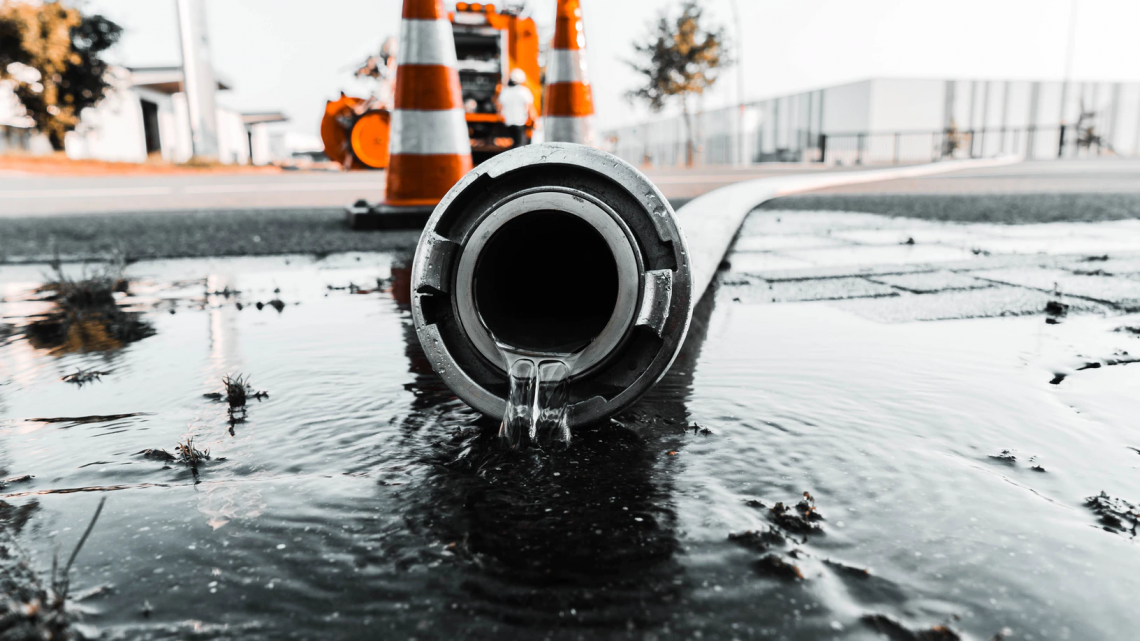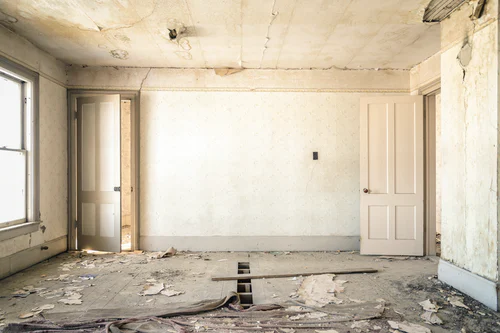
4 DIY Disaster Restoration Solutions You Can Do Before The Professionals Arrive
Perhaps you were busy doing some DIY to save money, or because you thought you knew what you were doing. Everything was going well, and suddenly – ”Oh no!” – something went wrong. Perhaps there was a loud bang or the smell of burning, the lights went out or water started pouring from the ceiling.
Disasters like these are not fun because they can ruin your home or your business, and take away everything you have worked hard for. In this article, we will discuss four disaster restoration solutions you can put into practice while you’re waiting for the professionals to arrive and sort everything out.
Mishaps of this sort hurt restoration work in many ways. First, you may have to investigate what went wrong. Second, you have to go back to square one and redraw your plans to cover for your mistakes. And third, you end up wasting a lot of time, energy, and resources only to set a much-needed restoration back for days or weeks. Fortunately, there are steps you can take to fix these setbacks before the real work starts. Speaking of which, you can guarantee the best results by working with reliable restoration crews. For a great example, find out more here.
1. Turn Off The Power Supply
It may be that you have experienced an electrical issue or the home is flooding with water. The first thing that you should do is to unplug the power supply from the damaged area. This includes all appliances and circuits. Also, turn off any natural gas lines or electrical panels in your home. People with oil tanks should switch these off too since they can cause more problems during the cleanup procedures.
If you have experienced a loss of electrical power but there is no other issue, use your backup generator if you have one. There will be people you can contact next, and most companies have an online presence. Visitors to the Cotton GDS website demonstrate the wide variety of peoples’ needs: from water, fire or smoke damage mitigation and restoration to disaster emergency response. People also consult environmental response services, construction services and turnkey solutions.
2. Disaster Restoration Solutions Sort Out The Water
If you have a leak, turn off the water supply and call a plumber. Turn off all gas lines and electrical appliances, and remove any water from the area and dry it off as quickly as possible.
Here are some suggestions:
- Place a wet towel over the water or use a vacuum cleaner to suck up any excess
- Open the windows for cross-ventilation and use fans to circulate air around the house
- Remove wet carpets from the floors and put down a tarp to keep your home dry
- Put baking soda on wet carpets or rugs, then use a fan to blow air onto them
- Prevent mold from forming by using an anti-mold spray in high moisture areas (e.g. bathrooms or kitchens). If there is mold present, remove it using bleach mixed with water – don’t use regular household cleaners
Scrape up as much water, mud, sewage or spilled chemicals as possible to help reduce the threat of mold growth. Remove drywall down to studs if necessary to prevent further damage from moisture buildup. Use fans and dehumidifiers in particularly wet areas such as basements and crawlspaces. If you have standing water outside your home contact your local health department for advice about how best to dispose of it safely.
Water damage starts as a nuisance and turns quickly into something disastrous. So, it’s one of the first things to attend to when a calamity subsides. The longer you wait, the more damage the rest of your home gets. That results in higher repair bills, the last thing you want when you already have so much to cover.
3. Restoration Solutions Protect Everything
Put down drywall to cover holes in your walls or ceiling. For broken windows, board up all openings with plywood. Tape plastic sheeting over any exposed insulation for protection from moisture and debris.
Cover your furniture and other valuables with tarps. If necessary remove it to an exterior location where you can hose it off thoroughly before bringing it back. This will help remove any debris and allow the areas between the cushions to dry. Secure any loose objects or furniture by anchoring them to wall studs or securing them to each other with rope or bungee cords. Save anything you can (for example, pack away clothes). For broken windows, doors, or walls – tape off the area and board it up until professionals arrive for more permanent repairs. Take photos and make sure you document where all your belongings were before the disaster occurred.

4. Take Remedial Action
Clean up anything that was ruined, including food and other items. Use a broom to sweep away any debris and dirt. Remove all broken glass from the floor or countertop, then cover it in plastic wrap before you start sweeping again. Remove any items that are damaged or hazardous and take out anything that can’t be saved, such as wet mattresses or upholstery.
Keep your home’s temperature at around 50 degrees Fahrenheit (10 Celsius). Put on protective gear, including gloves and goggles while you’re working and use a degreaser to remove any greasy residue.
Once you have addressed these areas your house will be ready for future repairs. Whilst this may take money, time and a lot of disruption it will be worth it to restore your home to its former glory, so that you can resume your normal daily life.
Conclusion
With all these tips in mind, you should never forget the first thing you do when a disaster looms on the horizon: get ready. Once the calamity subsides, don’t immediately jump in the middle of restoring everything. Do a thorough check of the damage with the utmost care. Figure out what you can handle on your own, then leave the rest to the professionals.
Featured Image Source




